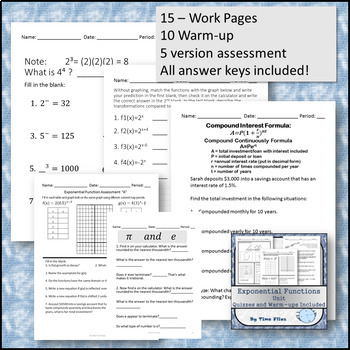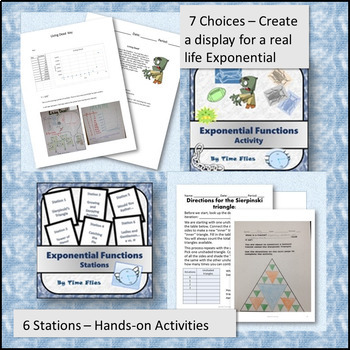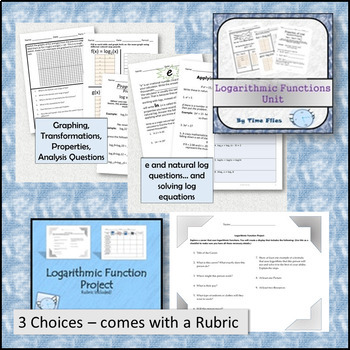Exponential and Logarithmic Functions Bundle
- Zip
Products in this Bundle (9)
showing 1-5 of 9 products
Description
This bundle will provide you with enough material to get through your exponential function unit AND your logarithmic function unit. All activities have been tried and tested. The exponential function unit includes the basic unit, activities, stations, task cards and assessments. The logarithmic unit contains the basic unit, assessments, a maze activity and a project. Save 20% by purchasing this bundle!
Other Resources:
Mega Bundle:
COLLEGE TEST PREP MEGA BUNDLE - 3 BUNDLES IN ONE!
Algebra I STAAR Review - Objective 2
Algebra 1 STAAR Review - Objective 3
Algebra 1 STAAR Objective 4 Review
Algebra 1 STAAR Objective 5 Review
Algebra 1 STAAR Objective 6 Review
Algebra II 1st 6 Weeks Test {Editable and comes with a Task Card Review}
Absolute Value Equations and Inequalities
Algebra II Spring Semester Final with Review





